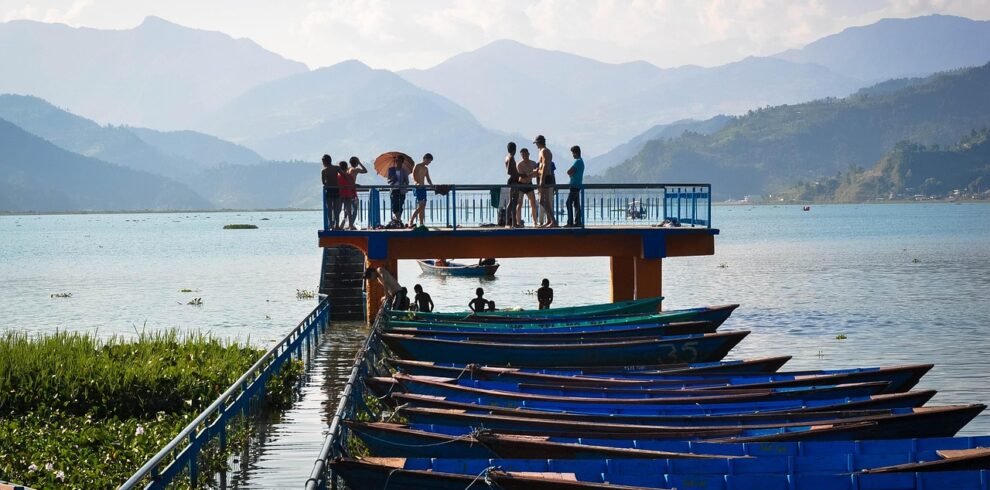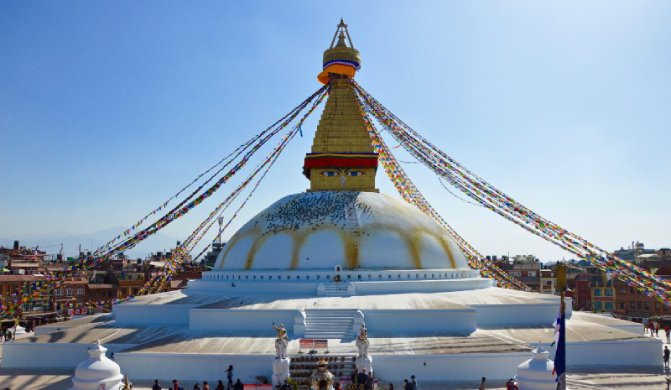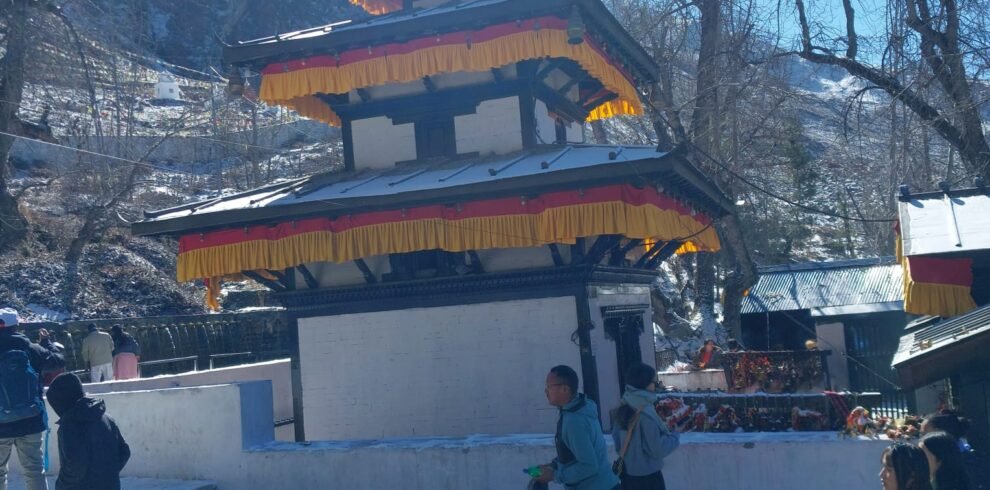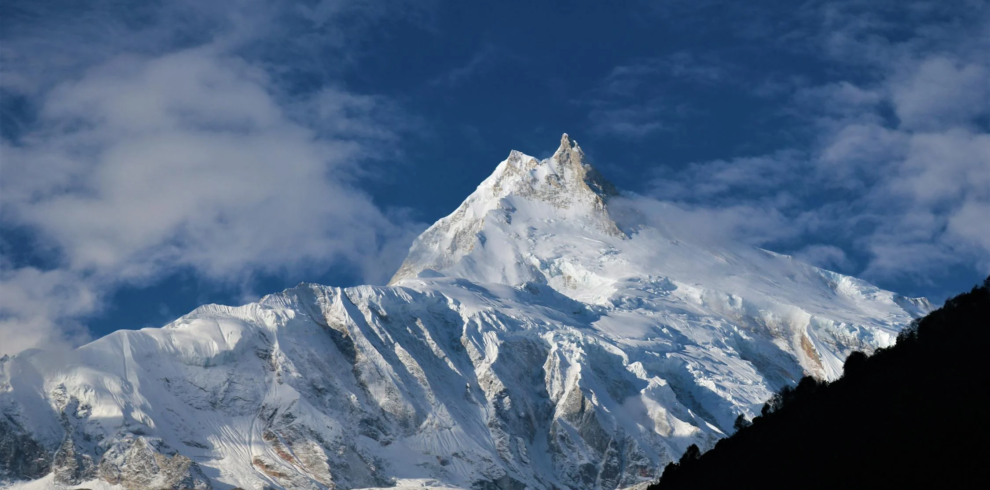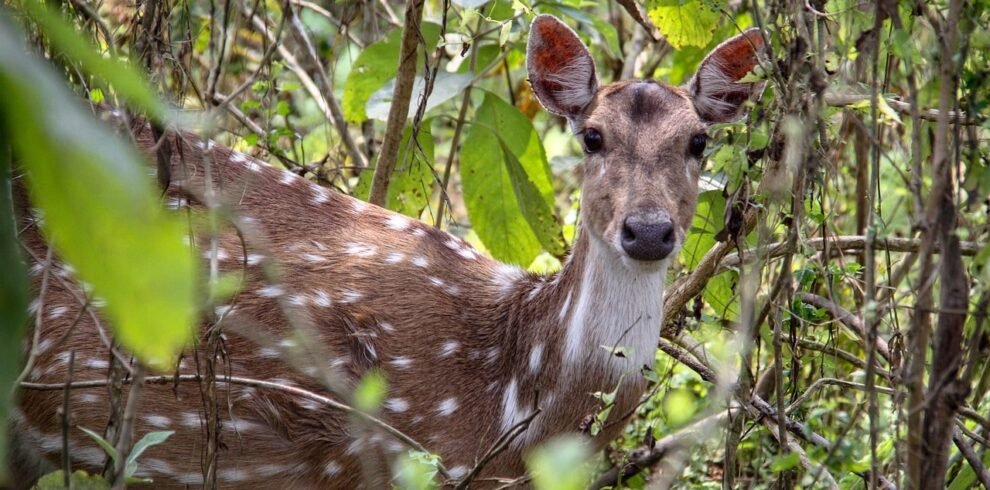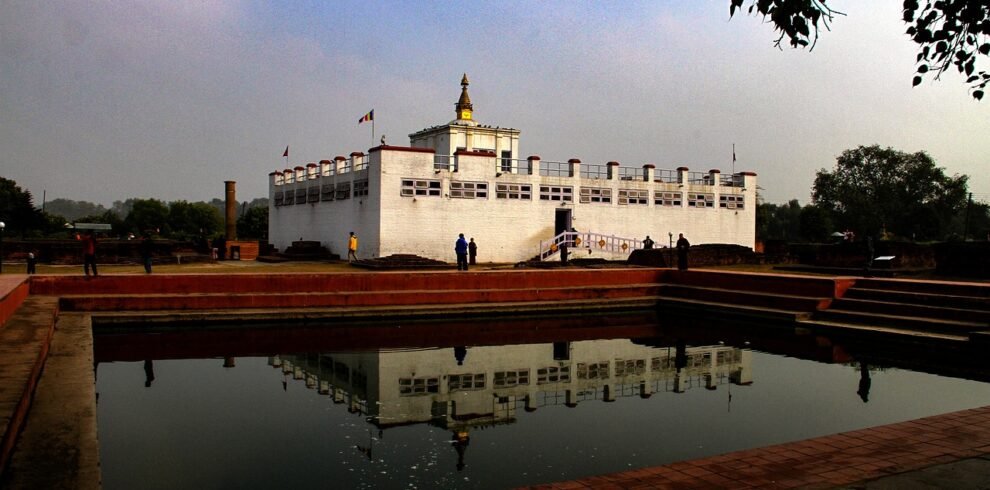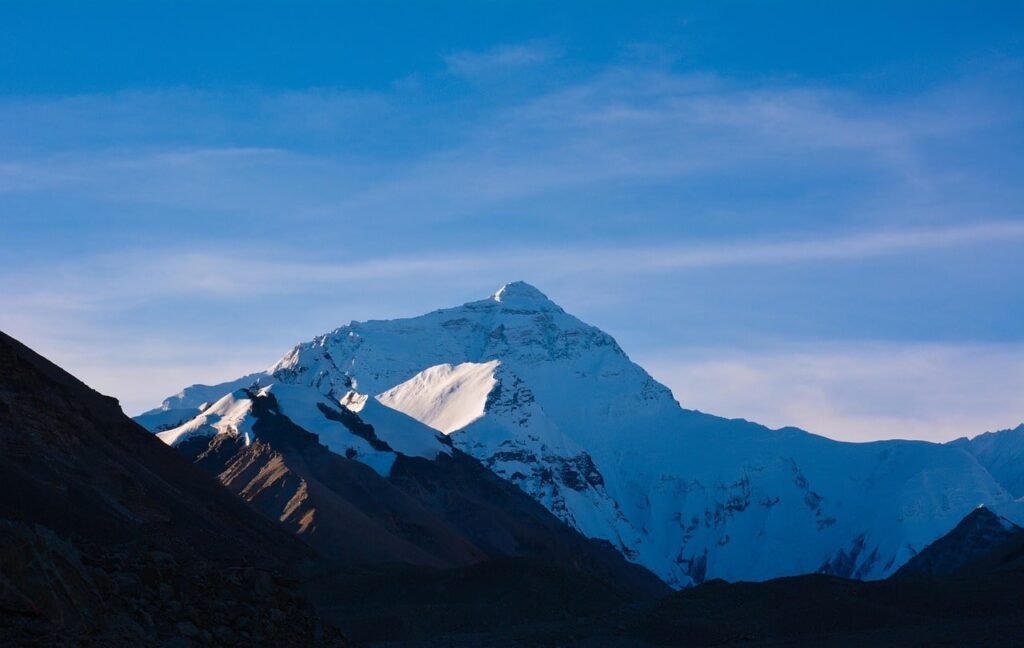
Trip Info
-
14 Days
-
5545 m
-
Breakfast, Lunch and Dinner
-
3 Star hotel at kathmandu and Lodges,Tea House
-
Kathmandu-Lukla-EBC-Kathmandu
-
Sep-Nov,Feb-May
Overview
One of the most recognizable and popular trekking routes worldwide is the Everest Base Camp (EBC) Trek, which offers a once-in-a-lifetime opportunity to reach the base of Mount Everest (8,848.86 meters), the highest peak in the world. This trek, which is situated in Nepal’s Khumbu region, offers breathtaking views of the Himalayas, a wealth of Sherpa culture, and the excitement of following in the footsteps of renowned mountaineers like Sir Edmund Hillary and Tenzing Norgay.
Before arriving at the breathtaking Everest Base Camp at 5,364 meters, the trek winds through charming villages like Namche Bazaar, Tengboche, Dingboche, and Lobuche after an exhilarating flight to Lukla. Trekkers encounter magnificent views of Everest, Lhotse, Ama Dablam, and other majestic peaks along the route. They also get to see historic monasteries, colorful prayer flags, and hospitable Sherpa friendliness. Including acclimatization days to get used to the high altitude, the trip usually takes 12–14 days. The EBC trek is a once-in-a-lifetime experience that challenges endurance and provides equal parts spiritual and natural rewards, regardless of your level of trekking experience.
Why to visit Everest Base Camp Trek?
The once-in-a-lifetime Everest Base Camp Trek takes you to the base of the world and offers the perfect balance of natural beauty, cultural immersion, and personal achievement. You can trek through historic monasteries, traditional Sherpa villages, and the vibrant town of Namche Bazaar while taking in breathtaking Himalayan vistas, such as up-close views of Everest, Lhotse, and Ama Dablam. The route offers a chance to experience the unique Sherpa culture, Buddhist traditions, and the spiritual ambiance of the Himalayas. The difficult but worthwhile journey tests your physical and mental limits as you ascend to 5,364 meters amid snow-capped giants and breathtaking scenery. Regardless of your goals—adventure, introspection, or simply witnessing one of the Everest Base Camp Trek’s among the most breathtaking sights in nature, an unforgettable experience that will stay with you forever.
How to reach EBC?
Trekking through Nepal’s picturesque Khumbu region and flying are the two ways to get to Everest Base Camp. The trip usually starts in Nepal’s capital, Kathmandu, which has excellent international flight connections. Most trekkers take a quick but exhilarating 30-minute flight from Kathmandu to Lukla Airport, which is situated at an elevation of 2,860 meters and is one of the most spectacular airports in the world. The primary entry point to the Everest region is this.
The only way to get to Everest Base Camp (5,364 meters) from Lukla is to trek on foot, which typically takes 8 to 12 days one way, depending on your itinerary and acclimatization schedule. Before arriving at the base camp, the conventional route travels via the villages of Phakding, Namche Bazaar, Tengboche, Dingboche, and Lobuche. For the best all-around view of Mount Everest, most itineraries also include a climb to Kala Patthar (5,545 meters). There are also helicopter tours to EBC from Kathmandu or Lukla, which provide a bird’s-eye view of the Himalayas without the trek, for those who are pressed for time or who would rather be comfortable.
Permits required for the Everest Base Camp Trek
You need two permits to go for an Everest Base Camp trek and a third one if you take the original route via Jiri or Salleri.
The initial one is the Khumbu Pasang Lhamu Rural Municipality Permit, which is a substitute for the former TIMS card for this area. It is needed by all the trekkers who venture into the Khumbu area, and it is NPR 2,000 per individual. This permit cannot be bought in Kathmandu. Instead, it is distributed either at Lukla or Monjo, which is where you officially enter the rural municipality area. Trekkers who fly into Lukla will usually receive it upon landing.
The second permit is the Sagarmatha National Park Entry Permit, for accessing the national park that contains the Everest area. This costs NPR 3,000 for foreign visitors, which is discounted for SAARC nationals and free for Nepali nationals. You are able to obtain this permit at either the Nepal Tourism Board office in Kathmandu or at the entry point in Monjo, immediately before entering the actual park. Most trekkers get both permits during the trek, but you can get the national park permit ahead if you prefer.
If you will be trekking via Jiri or Salleri, you must acquire an extra permit called the Gaurishankar Conservation Area Permit. This is NPR 3,000 and must be acquired in Kathmandu before embarking on the trek as it is not on the trail.
Note: You don’t need the TIMS (Trekkers’ Information Management System) card for the Everest Base Camp trek anymore since it has been officially removed from the permit system of this region.
Everest Base Camp Trek Packing List
Packing for the Everest Base Camp Trek is packing for a range of weather, altitudes, and landscapes. Packing well can make or break your trekking experience, from warm, sunny valleys to cold, high-altitude passes. This ultimate packing list has got you covered with everything that you will need from essential clothing and gear to sleeping equipment, personal effects, and documents. Hiking with a guide or independently, this guide prepares you fully for comfort, warmth, and safety on the trail. Pack confidently with this list and focus your attention on the once-in-a-lifetime experience to the base of the world’s highest mountain.
Clothing
Base Layers (Moisture-wicking)
- 2–3 quick-dry t-shirts
- 2 thermal tops (merino or synthetic)
- 2 thermal bottoms
Insulation Layers
- 1 fleece jacket or pullover
- 1 lightweight down jacket (rated for -10°C or lower)
- 1 insulated pants (for higher altitudes)
Outer Layers
- 1 waterproof/windproof jacket (Gore-Tex or similar)
- 1 waterproof pants
Trekking Pants & Shirts
- 2–3 pairs of trekking pants (quick-dry)
- 1–2 long-sleeve shirts (for sun protection)
- 1 pair of shorts (for lower altitudes)
Undergarments
- 4–5 pairs of moisture-wicking underwear
- 4–5 pairs of warm trekking socks (wool recommended)
- 1 pair of liner socks
Accessories
- 1 warm hat/beanie
- 1 sun hat or cap
- 1 buff or neck gaiter
- 1 pair of warm gloves (fleece or wool)
- 1 pair of waterproof outer gloves
Footwear
- Sturdy, waterproof trekking boots (well broken-in)
- Lightweight sandals or camp shoes (for evenings)
- Gaiters (optional, but useful in snow or dusty trails)
Sleeping Gear
- Sleeping bag (rated to at least -10°C or lower)
- Sleeping bag liner (for added warmth and hygiene)
Bags
- Main backpack (50–65L) or duffel bag (if using a porter)
- Daypack (25–35L) (for carrying your essentials)
- Dry bags or packing cubes (for organizing and waterproofing
Toiletries & Personal Care
- Toothbrush, toothpaste
- Biodegradable soap & shampoo
- Quick-dry towel
- Sunscreen (SPF 50+)
- Lip balm with SPF
- Wet wipes & hand sanitizer
- Toilet paper or tissues
- Small mirror & nail clippers
- Deodorant
- Menstrual products (if needed)
First Aid & Medications
- Personal medications
- Diamox (for altitude sickness)
- Painkillers (ibuprofen/paracetamol)
- Antiseptic cream
- Blister plasters (Compeed) & band-aids
- Rehydration salts
- Anti-diarrhea pills
- Cold medicine/cough drops
- Tweezers & safety pins
Trekking Gear & Essentials
- Trekking poles (highly recommended)
- Headlamp with spare batteries
- Sunglasses (UV-protective, polarized)
- Water bottles or hydration bladder (2–3L total)
- Water purification tablets or a filter
- Power bank (10,000–20,000 mAh)
- A camera or a phone with a good camera
- Map, compass, or GPS app
- Notebook & pen (optional)
- Cash in Nepali rupees (NPR) for food, Wi-Fi, hot showers, and tips
- Wi-Fi card (Everest Link) (optional, for internet access)
Documents
- Valid passport (with at least 6 months validity)
- 4 passport-sized photos (for permits)
- Trekking permits (can be arranged by guide/operator)
- Travel insurance (must cover altitude up to 5,500m and helicopter evacuation)
- Flight tickets & itinerary (physical and digital copies)
Optional but Useful
- Earplugs (for snoring roommates)
- Altimeter watch
- Snacks (energy bars, nuts, chocolate)
- Lightweight book or e-reader
- Duct tape or repair kit (for gear emergencies)
Highlights of Everest Base Camp Trek
- Experience Scenic Flight to Lukla
- Trekking to the Foot of Mount Everest
- Panoramic View from Kala Patthar
- Exploration of Namche Bazaar
- Visit to Tengboche Monastery
- Sagarmatha National Park
- Sherpa Culture and Hospitality
- Walk in the Footsteps of Legends
- Challenging Yet Rewarding Adventure
